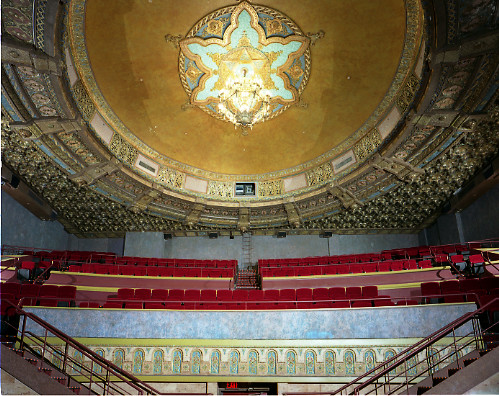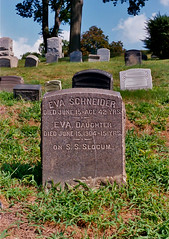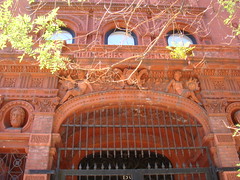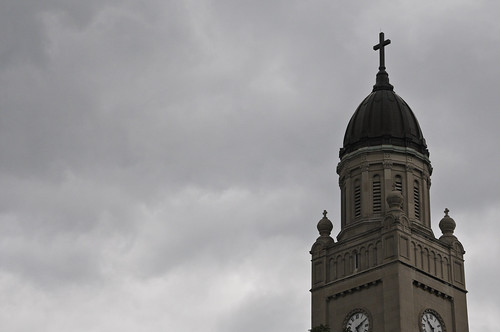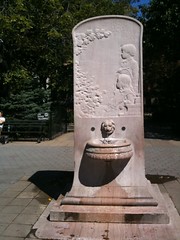On the corner of 10th Street and Second Avenue, the neon blue of the glass Chase Bank building beams among the many signs and street lights. Yet this particular site casts a stage-light glow on the now-oxidized, brassy stars embedded in the sidewalk, embossed with Jewish names.
This is the Yiddish Walk of Fame.
The placement of these stars is a reminder of a former culinary institution (some might say shrine) that once occupied this coveted address, the Second Avenue Deli. From 1954 to 2006 the restaurant was an East Village staple, founded, owned and operated by the locally beloved Abe Lebewohl. The park across the street was re-named for Mr. Lebewohl after his murder in 1996.
Although the Second Avenue Deli had to vacate its historic setting (it has since relocated to 33rd Street and Lexington Avenue in Murray Hill) it was originally centered among a unique and ubiquitous string of Yiddish theaters along Second Avenue: what Josh Lebewohl — nephew of Abe and co-owner of the deli with his brother Jeremy — calls, “The Jewish Broadway of its time.”
Read more…



